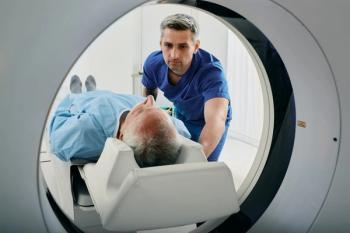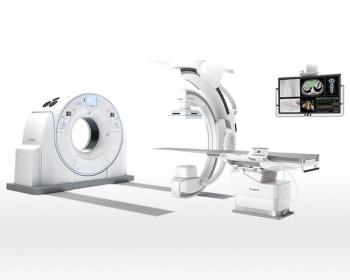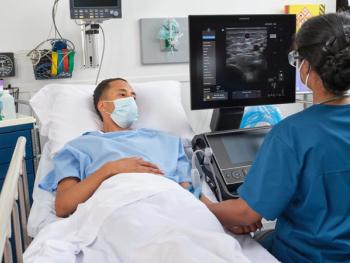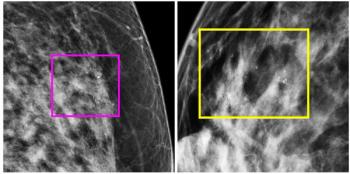
Residents rarely err in late night interpretations
A review of nearly 12,000 emergency imaging exams has confirmed that academic hospitals can count on their radiology residents for reliable readings of late night scans.
A review of nearly 12,000 emergency imaging exams has confirmed that academic hospitals can count on their radiology residents for reliable readings of late night scans.
Radiology chief Dr. Richard B. Ruchman and colleagues at Monmouth Medical Center in Long Branch, NJ, found discrepancies between only 2.6% of the emergency room studies initially read by residents on night call and final interpretations from an attending radiologist the next morning. Monmouth residents' performance also compared well with that of radiologists in peer-to-peer reviews through the American College of Radiology's RADPEER program (AJR 2007;189:523-526).
Newsletter
Stay at the forefront of radiology with the Diagnostic Imaging newsletter, delivering the latest news, clinical insights, and imaging advancements for today’s radiologists.



























